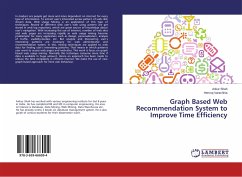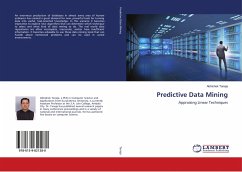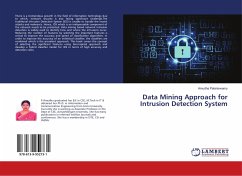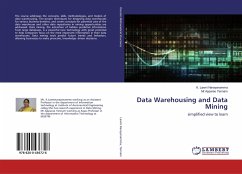This book aims to establish a prediction mechanism for future values of environmental parameters such as temperature, humidity and gas concentrations including the ozone utilized through machine-learning algorithms. Evaluation of various dataset models to measure air gas concentrations and pollutant factors proved that the Bagging model was most effective in comparing two datasets of different resolutions (1-hour and 10-minute intervals). Moreover, and through data analyses of SO2, NO2, O3, benzene, toluene, o-Xylene, m-Xylene and p-Xylene gases as pollutant in SHW measured within an 11-month period, predictions of pollutant levels can attain a relative absolute error of as low as 18.01 for O3, while predictions for pollution can reach an accuracy of 99.87% with 1 day lead time. Data for 10-minute intervals revealed acceptable levels per AQG guidelines within the eleven month study period, but exhibited elevated levels on certain days and hours of the day.
Bitte wählen Sie Ihr Anliegen aus.
Rechnungen
Retourenschein anfordern
Bestellstatus
Storno








